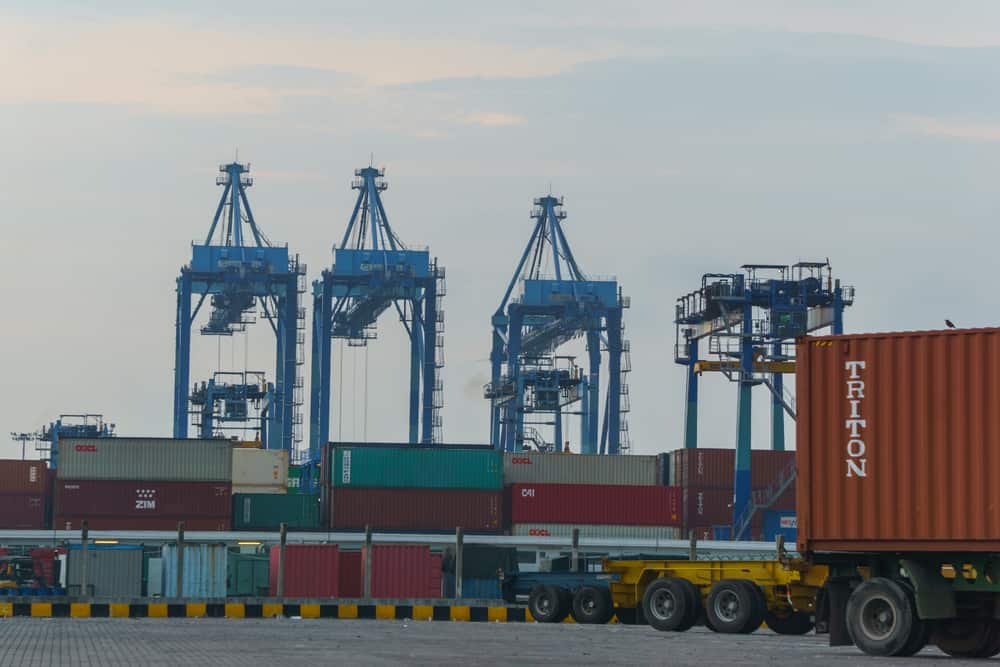Having the correct classification on imported goods is a legal responsibility. Non-compliance can mean shipment delays, increased inspections, fines, and other administrative penalties.
All goods imported into the U.S. are subject to duties.
All import items are required to be classified in accordance with the harmonized schedule of the U.S., and each tariff number has a corresponding rate of duty. Rates of duty for imported merchandise may also vary depending on the country of origin. Based on the classification of goods you are importing, U.S. Customs determines which Harmonized Tariff Schedule (HTS) will apply to your goods. The HTS number determines the applicable duty rate.
The official U.S. Tariff Database is an interactive database that enables you to get an approximate idea of duty rates for your specific products.
U.S. imports must be classified with the harmonized tariff of the specific country.
The tariff schedule has 99 chapters, under 22 sections, each dealing with a specific item. To determine the correct HTS number, and subsequent duty rates, your supplier must complete a detailed description of the item.
Sometimes, it is difficult to decide how to classify your merchandise. Some suggested ways to determine the correct classification are:
1. Ask for assistance from your licensed customs broker.
Remember, even when using a broker, importers are ultimately responsible for the correct entry presented to U.S. Customs. Customs brokers may find the correct duty rate information for your imports.
If your broker is unsure how to determine the correct HTS, you can ask an expert. A U.S. Customs and Border Protection Classification Specialist makes the final determination of the correct duty rate.
2. Use the CROSS database.
You can research the results of previous ruling requests by using the Customs Rulings Online Search System (CROSS) to see if U.S. Customs have already issued rulings on products like yours. CROSS also addresses other issues, such as value, country of origin marking, etc. The CROSS database is searchable by keyword.
3. Ask for a Binding Ruling.
If you are having difficulty classifying your product, you can ask for verbal advice from a commodity specialist, or request a legal binding ruling. You can request a binding ruling with U.S. Customs and Border Protection (CBP) before importing your goods. CBP issues binding advance rulings, and other legal decisions, about the importation of merchandise into the U.S.
Importers can request a written ruling from CBP for the proper HTSUS classification, and rate of duty, for their merchandise.
A legal binding ruling can be obtained at the National Commodity Specialist Division (NCSD) of the Office of Regulations and Ruling. A binding ruling enables importers and other interested parties to get a pre-entry classification decision. This ruling is usually issued within 30 days. The importer should forward the ruling to their customs broker to attach each entry. A ruling may be requested by any person who is an importer or exporter of merchandise.




